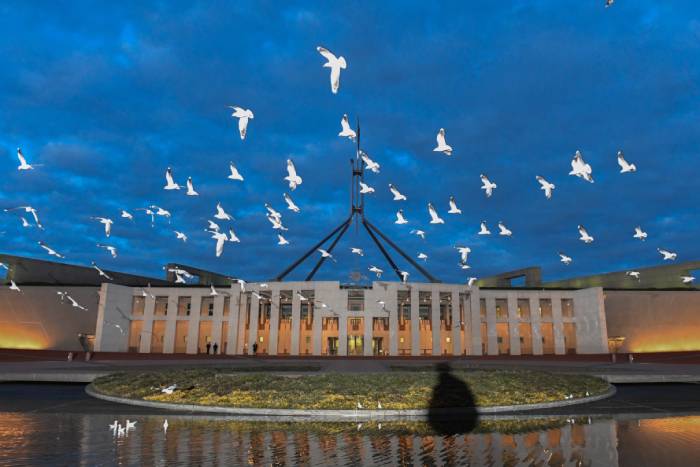A government spending spree should not be expected in the lead-up to the next federal election as inflationary pressures linger.
Responsible economic management would be the “defining feature” of the Albanese government, Jim Chalmers assured voters following Labor’s defeat at the Queensland state election.
Dr Chalmers’ next budget will be handed down on March 25, in anticipation of the upcoming federal election.

“This election was never going to be, from our side, a free-for-all of public spending,” the treasurer told reporters on Monday.
“It wasn’t going to be before Saturday’s outcome, and it’s not going to be after Saturday’s outcome.”
Liberal National Party leader David Crisafulli was sworn in as premier on Monday after the party ended nine years of Labor rule.
Federal Opposition Leader Peter Dutton said there were lessons for the Albanese government in the result.
“If you run up huge debt, you mismanage the economy, you create a cost-of-living crisis, you can expect for the electorate to punish you,” Mr Dutton said.
“It’s what’s going to happen in a federal level as well … now they’re talking about massive extra debt, and that’s going to result in higher inflation or interest rates staying higher for longer.”
Cost-of-living pressures have been wreaking havoc on household finances nationwide and despite welcome progress on inflation from its peak in late 2022, the fight is ongoing.
Pivotal consumer price data, due midweek, should have the headline inflation figure back within the Reserve Bank of Australia’s two to three per cent target band.
But economists expect progress on underlying measures, which strip away volatility and are the focus of the central bank, to be more muted and keep pressure on the RBA to hold fire on interest rate cuts.
Dr Chalmers highlighted back-to-back surpluses and smaller deficits going forward as evidence of his government’s commitment to tackling inflation and repairing the budget.
He maintains cost-of-living relief handed out so far, such as energy bill relief and boosted rent assistance, has been done “in the most responsible way we can”.
Further help was not ruled out, however.
“We are providing substantial and meaningful cost of living help already, but people are still doing it tough, and we’ve got pretty substantial budget constraints, and so we’ll weigh up all of those balances, all of those trade offs,” Dr Chalmers said.
Australia has been slower to tackle price pressures than other countries but AMP chief economist Shane Oliver said that was not evidence of a “chronic inflation problem”.
“Australian inflation lagged global inflation on the way up in 2022 and so peaked a bit later, so its lagging on the way down is not surprising,” he wrote in a note.
Domestic underlying inflation at 3.4 per cent annually in August was not that far off from the United States’ 3.3 per cent core inflation, he said, nor the United Kingdom’s 3.2 per cent.

Domestically, economic performance varies across regions, with Western Australia unseating South Australia as the leader of CommSec’s State of the States report.
Not since July 2014 has the westernmost state topped the report, which gauges economic performance and momentum based on eight indicators.
In the October quarter report released on Monday, the resource-rich state came first in retail spending, relative unemployment and population growth.




















